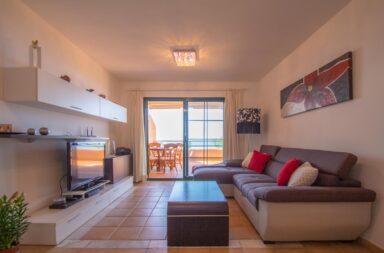The second wave of the coronavirus pandemic has reinforced the interest of the Spanish people in homes located in municipalities with less than 5,000 inhabitants.
During November, 14.8% of all the house searches carried out on Spain’s main real estate portal took place in these locations. While in June, in the middle of the de-escalation process, this percentage was 13.2%. The difference is even greater when compared to the figure for January 2020, when villages accounted for 10.1% of searches.
Although this trend is relevant and seems to be increasing, we cannot speak of an exodus and a return to the rural world. The possibilities of new home confinement, the increase in teleworking and the significantly lower prices offered by the smaller municipalities seem to lie behind it.
The northern region leads the increase in rural life.
By community, the trend has been more pronounced in those areas of the northern third. Navarre is where interest in living in towns and villages has grown the most, from 26.6% of searches in June to 44.1% in November. It has also been relevant in Aragon (from 18.9% to 35.2%) and La Rioja (from 26% to 32.9%). It is followed by Cantabria (from 39.1% to 43.9%), the Basque Country (from 11.5% to 15.7%) and Catalonia (from 11.9% to 14.1%).
On the opposite side is Castilla-La Mancha, where the weight of searches in municipalities with less than 5,000 inhabitants has fallen from 43.4% in June to 37%. It is followed by Murcia (from 11.8% to 6.7%) and Extremadura (from 29.3% to 28.4%).
Housing prices in small municipalities are 52% lower than the national average.
Buying a home in a municipality of less than 5,000 inhabitants is significantly cheaper than buying a home in a larger one. The square metre in Spanish towns pays, on average, 840 euros while the national average is 1,752 euros/m2 (52.1% cheaper).
By province, the biggest difference is in Seville, where village housing is 23% cheaper than the province average. Next comes Madrid, where they are 18% cheaper, Barcelona with a 17% discount and A Coruña (-15%).
The differences are even greater if we compare the markets of small municipalities with the provincial capitals. Seville also leads this classification, as the houses in the towns are 69% cheaper than in the capital. It is followed by Barcelona (-68.6%), Madrid (-68.2%), A Coruña (-65.9%) and Guipúzcoa (-64.8%).
Only in Lleida the price of the villages is higher than in the capital, probably for tourist reasons: the villages are on average 6% more expensive than the capital.


